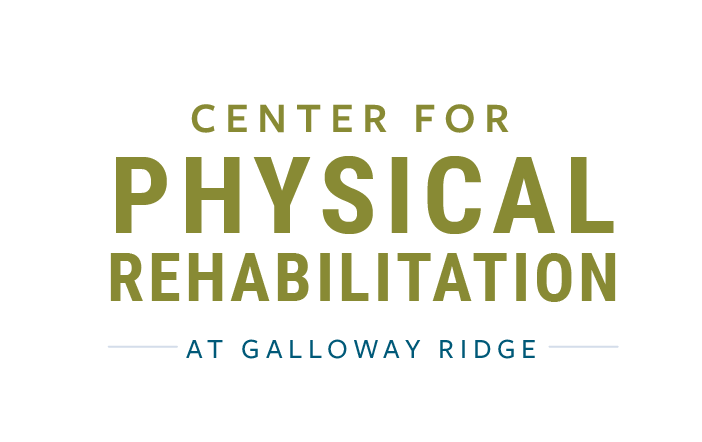Occupational therapy brings the magic back to life. This form of therapy helps individuals participate and improve their well-being in everyday activities by treating physical and mental barriers. Occupational therapy programs specifically help those who’ve suffered an injury, health issue, or medical condition preventing them from doing important and enriching daily tasks.
Whether you’ve begun occupational therapy or are considering a provider, it’s important to know how long you’ll need to see a therapist depending on your individual needs and goals.
Understanding Your Unique Needs
Each individual will have different skills they need to learn or regain to improve their daily living. Occupational therapists work with adults and children who have trouble with tasks like bathing, walking, eating, going to school, and working. One of the common goals for seeking a provider is to improve their independence and ability to adapt to life in school, work, or at home.
Your own unique needs and challenges will be a factor in how long you’ll need occupational therapy. Most occupational therapists work with individuals between one and four times per week and determine how long the treatment should last based on the results of the therapy. Studies demonstrate the efficacy of a consistent therapy program for individuals with cerebral palsy and other medical conditions, but there is no direct correlation with the weekly intensity and efficacy.
Initial Evaluation and Assessment
Occupational therapy programs typically begin with an initial evaluation and assessment. This step is the foundation for your personalized treatment plan, tailored to address your specific needs and goals. During the assessment, you’ll learn how long it may take to see improvements. Here is what you can expect during this:
1. Comprehensive Assessment
Your occupational therapist will conduct a thorough evaluation to gain insight into your current abilities, challenges, and aspirations. This assessment may include:
- Review of medical history and any relevant documentation.
- Discussion of your daily routines, responsibilities, and activities.
- Observation of your functional abilities, such as mobility, strength, coordination, and cognitive skills.
- Assessment of your physical, emotional, and social well-being.
2. Goal Setting
Collaboratively, you and your therapist will identify meaningful goals that you aim to achieve through occupational therapy. These goals will serve as the roadmap for your treatment plan, guiding the interventions and strategies implemented during your sessions. Be as specific and ambitious with these goals as possible.
3. Identifying Challenges
The evaluation process also involves identifying any barriers or challenges that may impede your progress. This could include environmental factors, personal limitations, or underlying conditions that need to be addressed to best improve your outcomes.
4. Establishing Baselines
By establishing baseline measurements of your current abilities and functional status, your therapist can track your progress over time. These tests may include assessing motor skills, sensory processing, and self-help abilities. Baseline assessments provide valuable data points for monitoring improvements and adjusting interventions as needed.
5. Customized Treatment Plan
Based on the findings of the evaluation, your therapist will develop a personalized treatment plan tailored to address your unique needs, preferences, and goals. This plan may include a combination of therapeutic interventions, exercises, adaptive strategies, and assistive devices aimed at enhancing your independence and quality of life.
With your customized treatment plan, you’ll have a clear understanding of how long occupational therapy may take to start working. Don’t get discouraged if improvements take longer than you thought. Focus on all of the progress throughout each week of treatment.
Factors Affecting Treatment Length
It’s important to know the duration of occupational therapy can vary significantly from person to person. Here are various factors that may impact the length of your treatment.
- Complexity of Condition: The nature and complexity of your condition play a significant role in determining the duration of occupational therapy. Conditions that are more severe, chronic, or complex may require a longer course of treatment to achieve meaningful outcomes.
- Treatment Goals: The goals established during the initial evaluation serve as the guiding principles for your occupational therapy treatment plan. The complexity and scope of these goals can influence the length of your therapy journey.
- Frequency of Therapy Sessions: The frequency and intensity of your therapy sessions can also impact the overall duration of treatment.
- Individual Response to Therapy: Individual differences in response to therapy can influence the length of treatment. Factors such as motivation, compliance with treatment recommendations, and the rate of progression can affect the pace of progress. Your therapist will closely monitor your response to therapy and make adjustments to the treatment plan as needed to optimize outcomes.
- Environmental and Social Support: The presence of a supportive environment and social network can positively impact your therapy journey. Access to resources, assistance from family or caregivers, and an empowering living environment can facilitate progress and enhance treatment outcomes.
Take the Next Step Towards Your Recovery at the Center for Physical Rehabilitation
Are you ready to embark on your journey towards improved mobility, function, and overall well-being? The Center for Physical Rehabilitation at Galloway Ridge is here to support you every step of the way. With our team of experienced therapists, state-of-the-art facilities, and personalized approach to care, we’re committed to helping you achieve your rehabilitation goals. Contact us today by calling (919) 545-2633 to schedule your initial evaluation!

